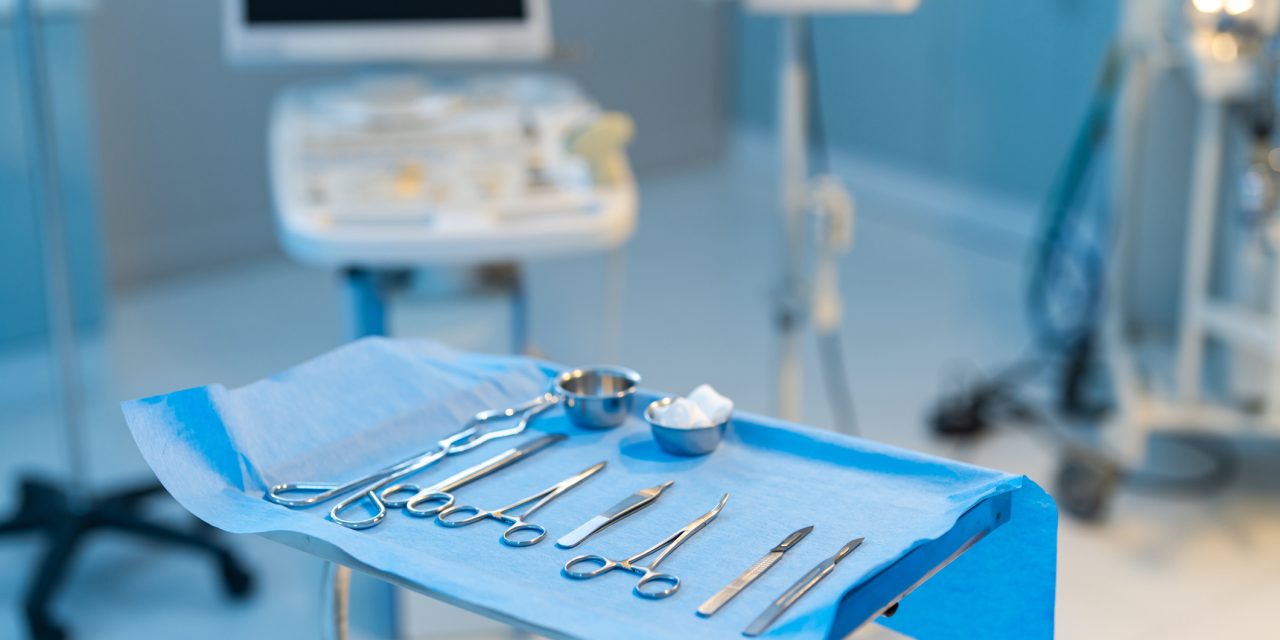For a study, it was determined that the reported rate of complications and expense of adult spinal deformity (ASD) surgery, combined with an exponential increase in the number of procedures, had healthcare payers and providers worldwide concerned. Since 2010, the authors had studied the largest prospective ASD data sets available to determine trends in quality-of-care indicators (complications, reinterventions, and health-related quality of life [HRQOL] outcomes). A prospective longitudinal observational cohort research. Patients had surgery between January 2010 and December 2016, with more than two years of follow-up. Preoperatively, as well as 3, 6, 12, and 24 months following surgery, demographic, surgical, radiological, and HRQOL (i.e., Oswestry Disability Index, SF-36, Scoliosis Research Society-22r) data were analyzed by Researchers. Local regression (i.e., locally estimated scatterplot smoothing [LOESS]) and adjusted odds ratios were used to examine trends and changes in indicators (OR).
Between 2010 and 2016, 1,520 of the 2,286 patients in the two registries had surgery. A total of 1151 (75.7%) patients treated surgically at 23 centers across five countries met the study’s inclusion criteria. Patient recruitment increased over time (OR 1.64, P<0.01), despite baseline clinical variables (age, American Society of Anesthesiologists class, HRQOL ratings, and sagittal deformity) remaining unchanged. Since 2010, there has been a steady decrease in major and minor postoperative complications at 90 days (OR 0.59; minor: OR 0.65; P<0.01), one year (OR 0.52; minor: 0.75; P<0.01), and two years (OR 0.4; minor: 0.80; P<0.01), as well as the 2-year reintervention rate (OR 0.41, P<0.01). Simultaneously, there has been a slight improvement in sagittal deformity correction (i.e., pelvic incidence–lumbar lordosis mismatch: OR 1.11, P =0.19) as well as a greater gain in quality of life (i.e., Oswestry Disability Index 26% vs. 40 %, P=0.02; Scoliosis Research Society-22r, self-image domain OR 1.16, P=0.13) and Number of fused segments: OR 0.81, P<0.01; % pelvic fixation: OR 0.66, P<0.01; % 3-column osteotomies: OR 0.63, P<0.01). Over the previous decade, the best available statistics demonstrate a significant improvement in quality measures in ASD surgery worldwide. Surgical complications and reoperations were cut in half in patients with similar baseline characteristics, but disability improvement rose, and correction rates remained stable.
Reference:thejns.org/spine/view/journals/j-neurosurg-spine/36/2/article-p226.xml


